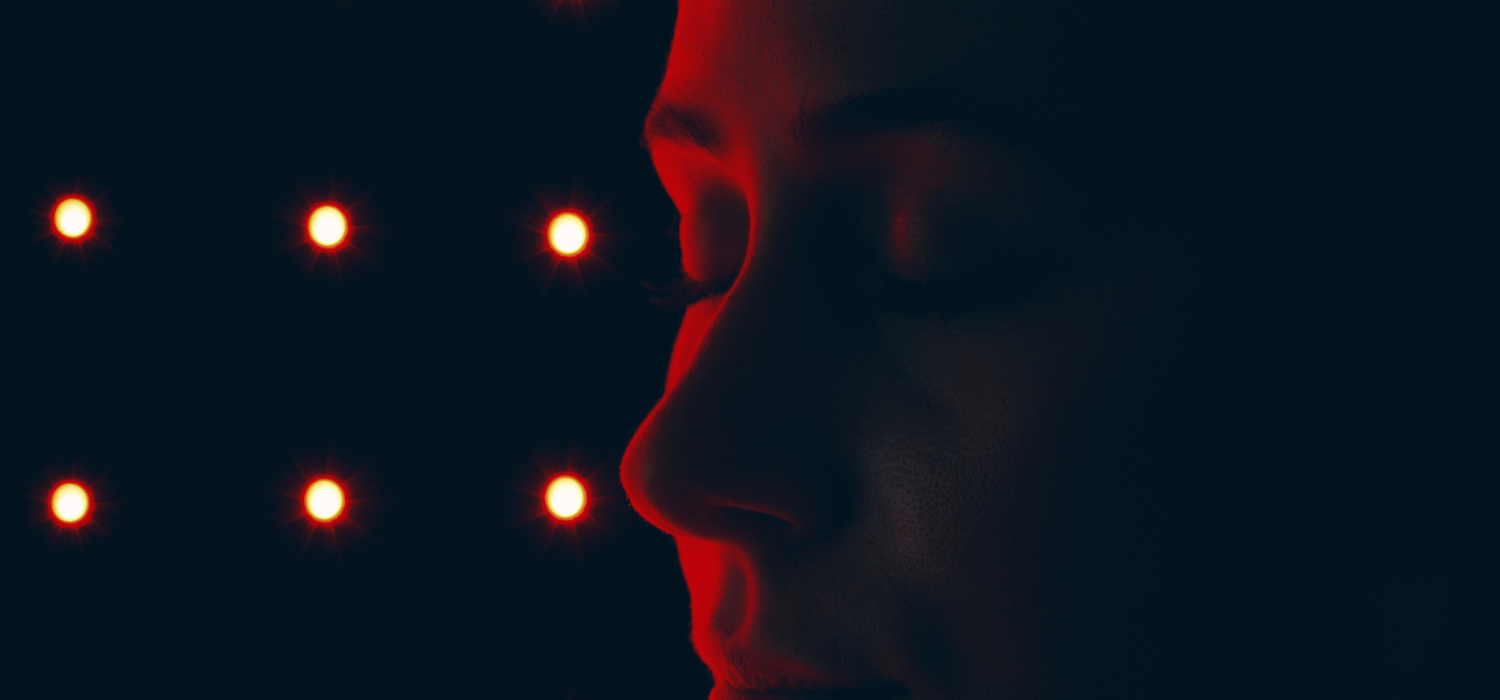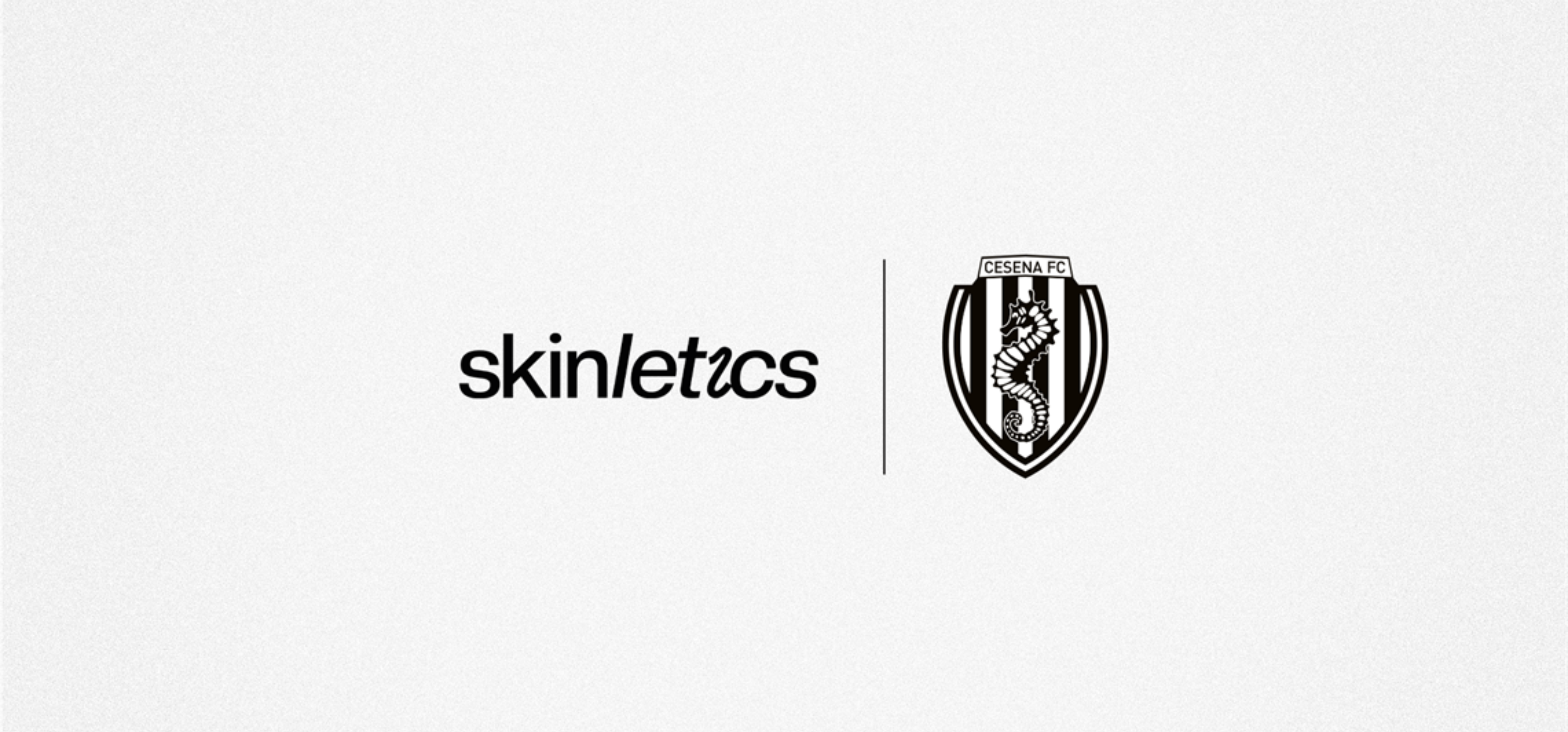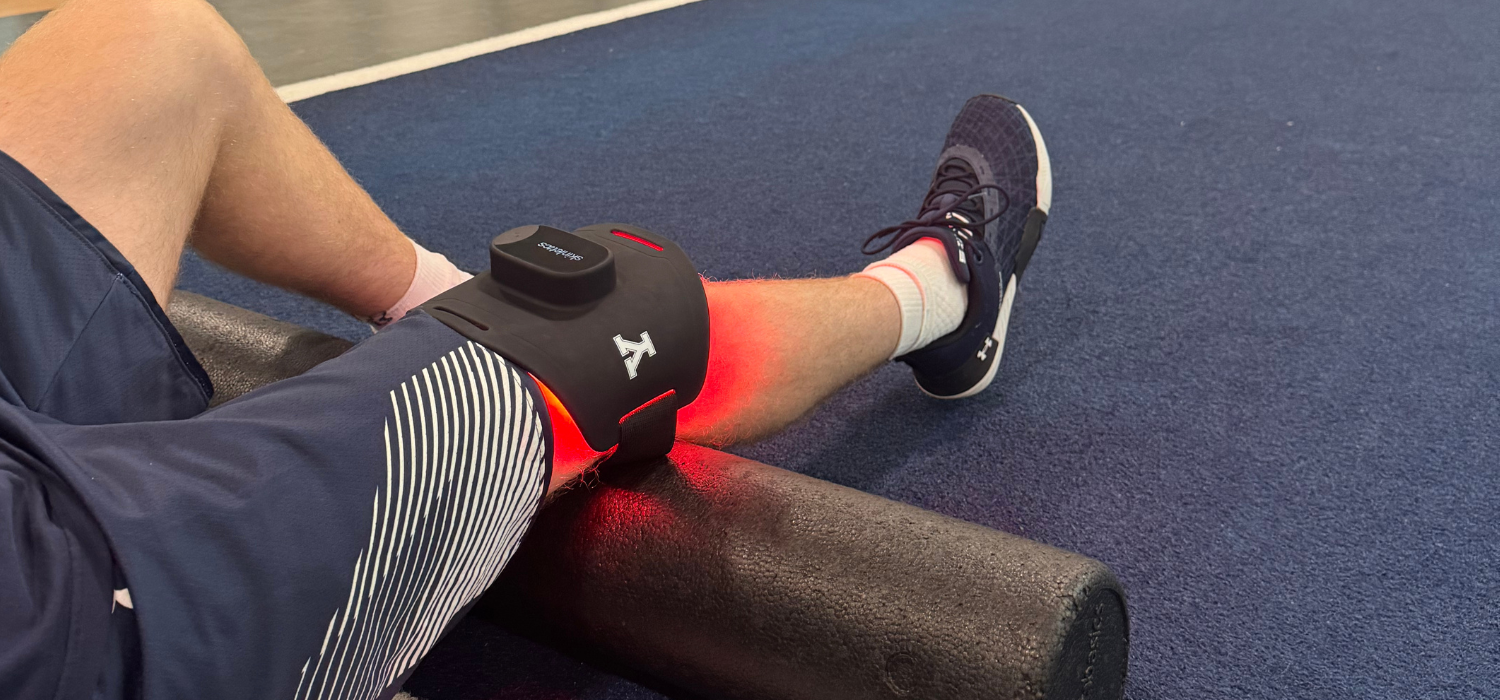
The Science of Sleep & Recovery: Why Light Therapy Could Be the Missing Link
When it comes to peak performance, most athletes focus on training, nutrition, and recovery tools. But there’s one overlooked factor that influences every aspect of performance: sleep.
Sleep isn’t just “rest.” It’s when your muscles rebuild, your nervous system recalibrates, and your body consolidates memory and learning. In fact, research shows that athletes who consistently get quality sleep experience:
-
Faster muscle recovery
-
Improved reaction times
-
Lower risk of injury
-
Better decision-making under pressure
The challenge? Between late-night practices, travel schedules, and academic or work demands, sleep often takes a back seat. That’s where light therapy comes in.
How Light Affects Sleep and Recovery
Your body runs on a circadian rhythm, a 24-hour internal clock that regulates when you feel awake and when you feel tired. This rhythm is largely controlled by light.
-
Blue light (from phones, laptops, stadium lighting) suppresses melatonin, the hormone that tells your body it’s time to sleep.
-
Red and near-infrared light do the opposite: they help support melatonin production, reduce inflammation, and prepare your body for deep, restorative sleep.
In short, the type of light you’re exposed to before and after training has a direct effect on how well you sleep—and how fast you recover.
Why Athletes Are Turning to Red Light Therapy
Athletes across sports are now integrating red light therapy into their evening routines to maximize recovery. Here’s why:
-
Reduces inflammation and soreness
Light penetrates deep into muscles and joints, helping to ease soreness so you don’t go to bed with lingering discomfort. -
Promotes relaxation
Exposure to red and near-infrared light calms the nervous system, making it easier to wind down after intense competition. -
Supports natural melatonin release
By offsetting blue-light exposure, red light encourages your body’s natural sleep signals. -
Improves sleep quality
Studies suggest that red light therapy may improve sleep duration and depth, leading to better overall recovery.
How to Use Skinletics Tools for Sleep & Recovery
Integrating light therapy into your night doesn’t require a big change, just consistency and the right tools.
-
Post-training: Use the Light Therapy Recovery Patch on sore areas for 10 minutes to reduce inflammation before bed.
-
Evening ritual: Spend 15-20 minutes on the Light Therapy Yoga Mat while stretching to calm your body and mind.
-
Travel nights: Use portable tools to help offset jet lag and irregular schedules that throw off your sleep.
The goal is simple: replace disruptive light exposure with restorative light that prepares your body for sleep.
The Competitive Edge of Better Sleep
Athletes often look for the next big performance hack, new supplements, advanced training methods, or innovative gear. Yet sometimes the greatest advantage is the simplest: quality sleep.
By combining proper sleep habits with recovery-driven tools like red light therapy, athletes can:
-
Train harder without overtraining
-
Feel sharper on game day
-
Reduce injuries and bounce back faster
Because in the end, recovery doesn’t just happen on the field or in the gym, it happens in your sleep.
Ready to optimize your recovery routine? Explore the Skinletics range of red light therapy tools designed to help athletes sleep deeper, recover faster, and perform at their best.


